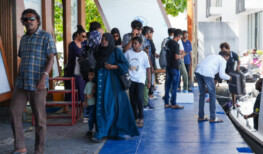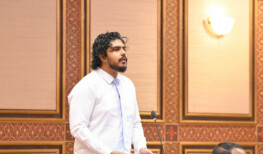Microplastics Pollution Endangers the Diverse Marine Ecosystem
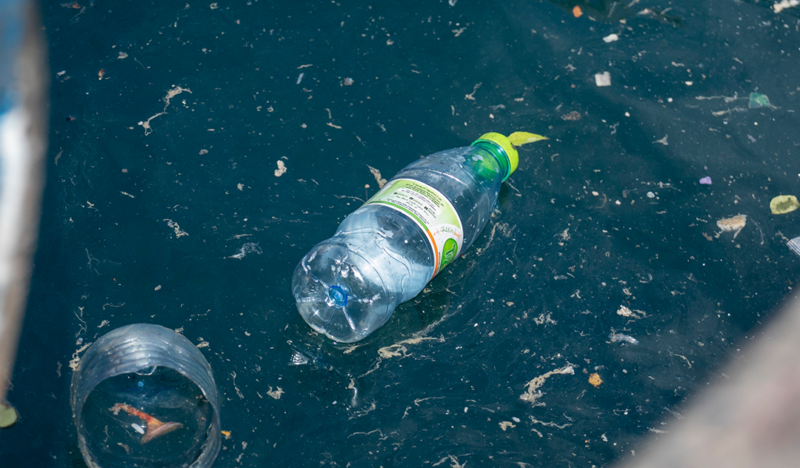
These photos were taken randomly in Malé.
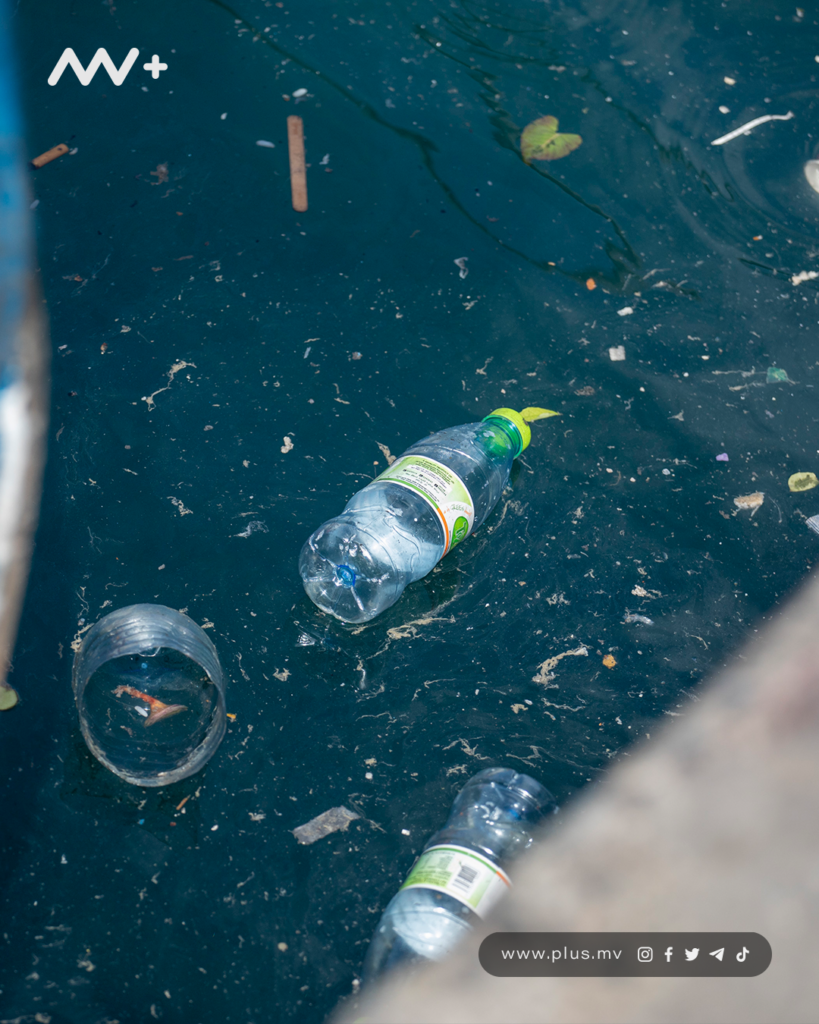
The Maldives is a well-known ocean sanctuary that hosts a diverse array of marine life. Our islands are famous for crystalline waters and vibrant coral reefs. However, plastic pollution is one of the biggest threats to the marine life in the Maldives right now.
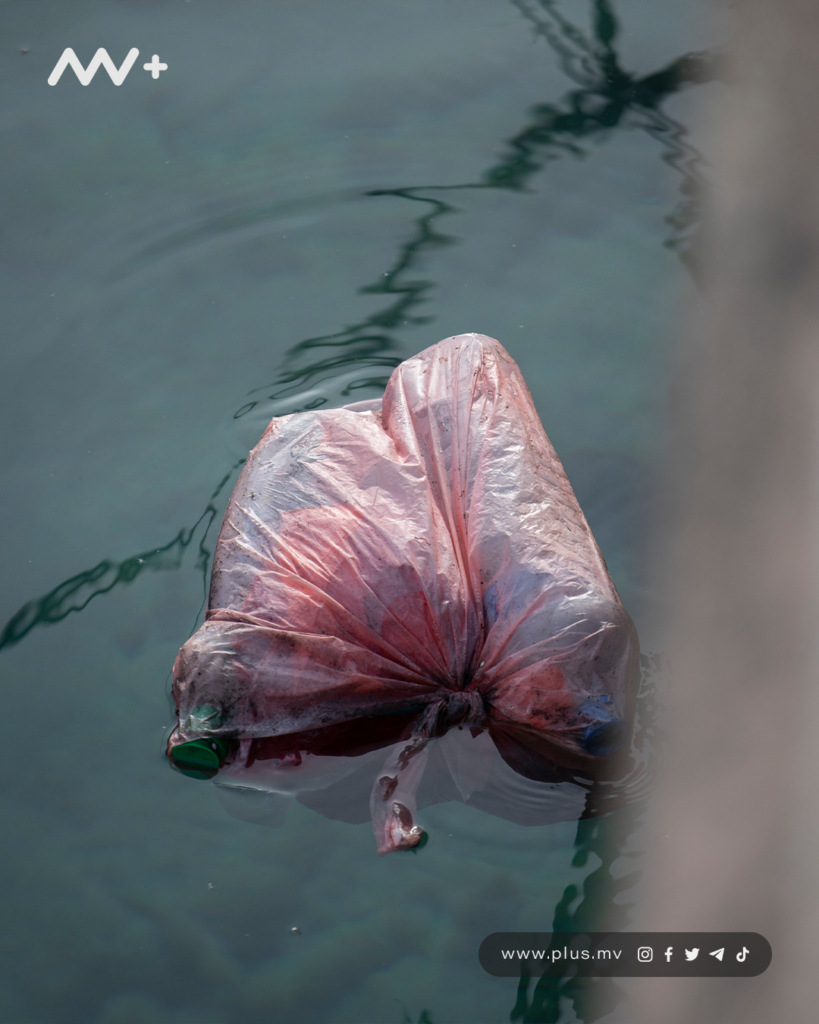
Microplastics pollution has the potential to have a severe impact on marine life in shallow reefs and threaten the livelihoods of island communities. Also, Maldives has amongst the highest levels of plastic particles in the water.
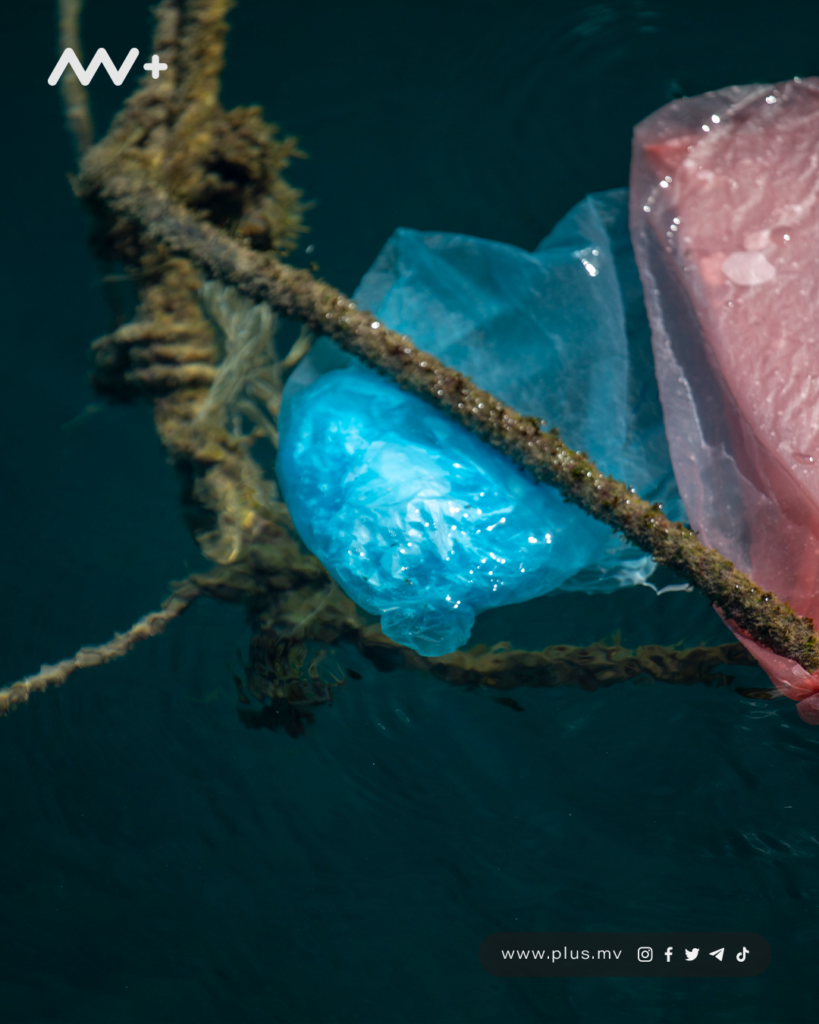
The concentration of microplastics was observed on islands, both inhabited and uninhabited, in the Maldives was amounted to 197-822 particles/kg).
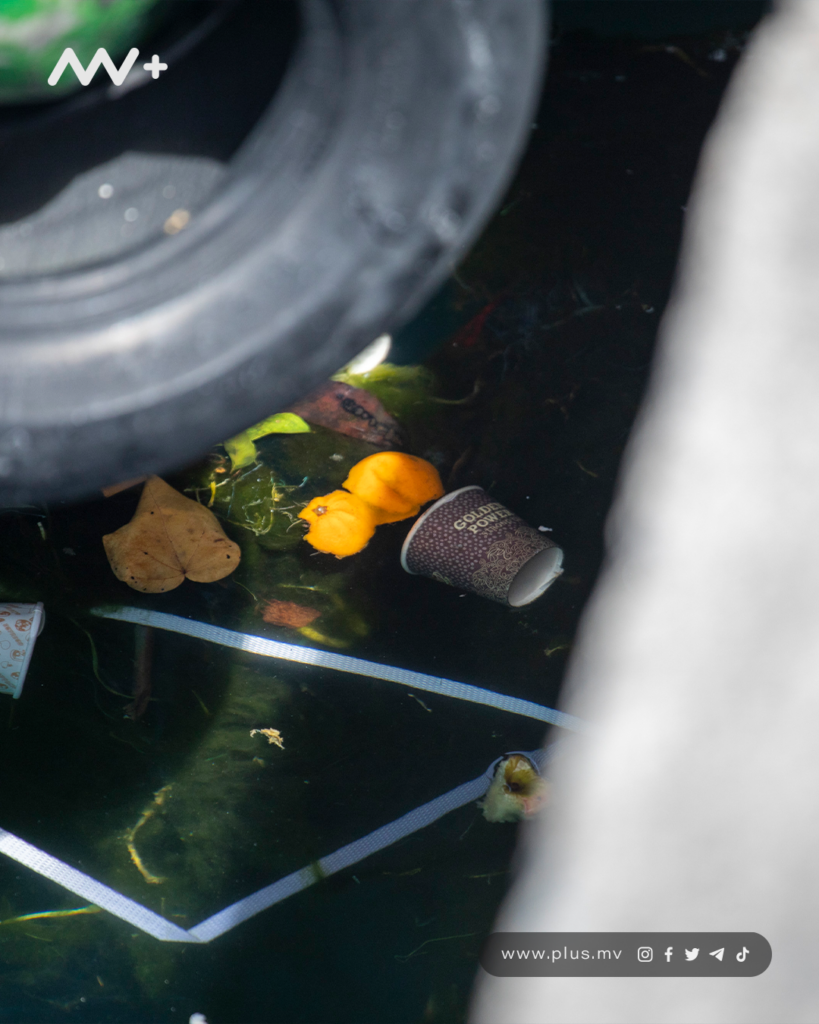
What’s worse is that most of the microplastics at the islands are less than 0.44 in width; and most of the microplastics pollution in the Maldives is brought by ocean currents from nearby countries.
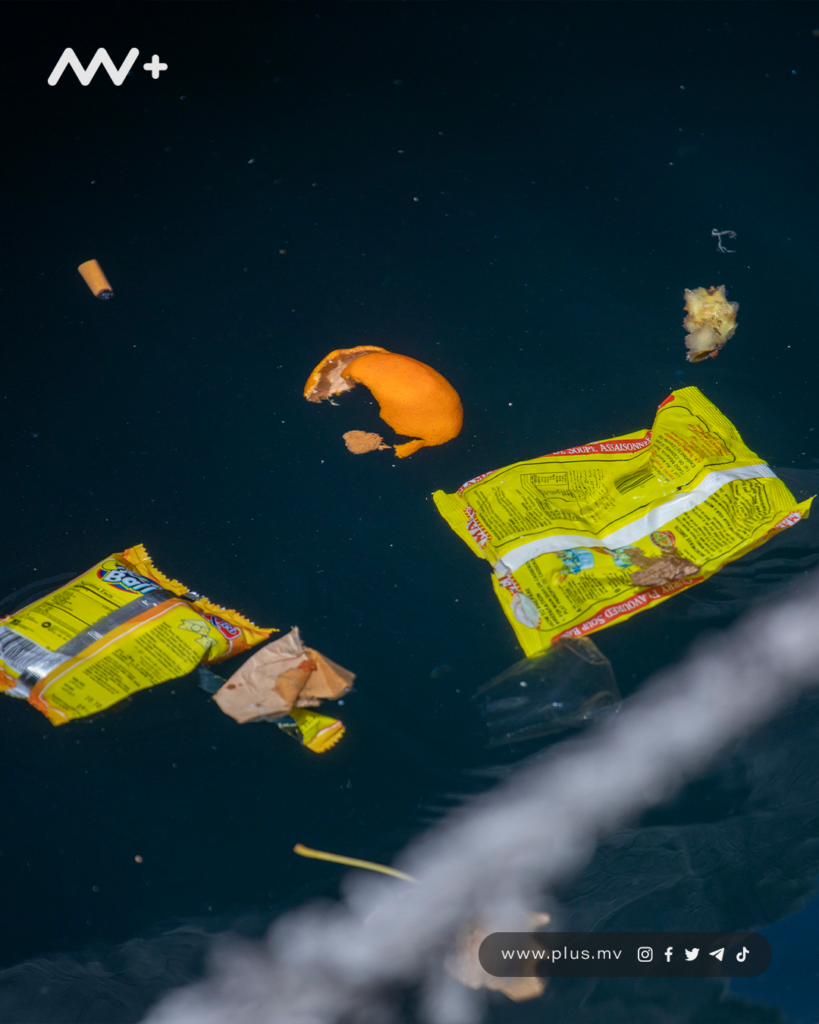
Part of this is blamed on the poor waste management in the Maldives. Much of the locally generated waste has simply been dumped on small uninhabited islands, which serves as landfills. Thilafushi, which is the only operational landfill, burns the plastic waste in the open.
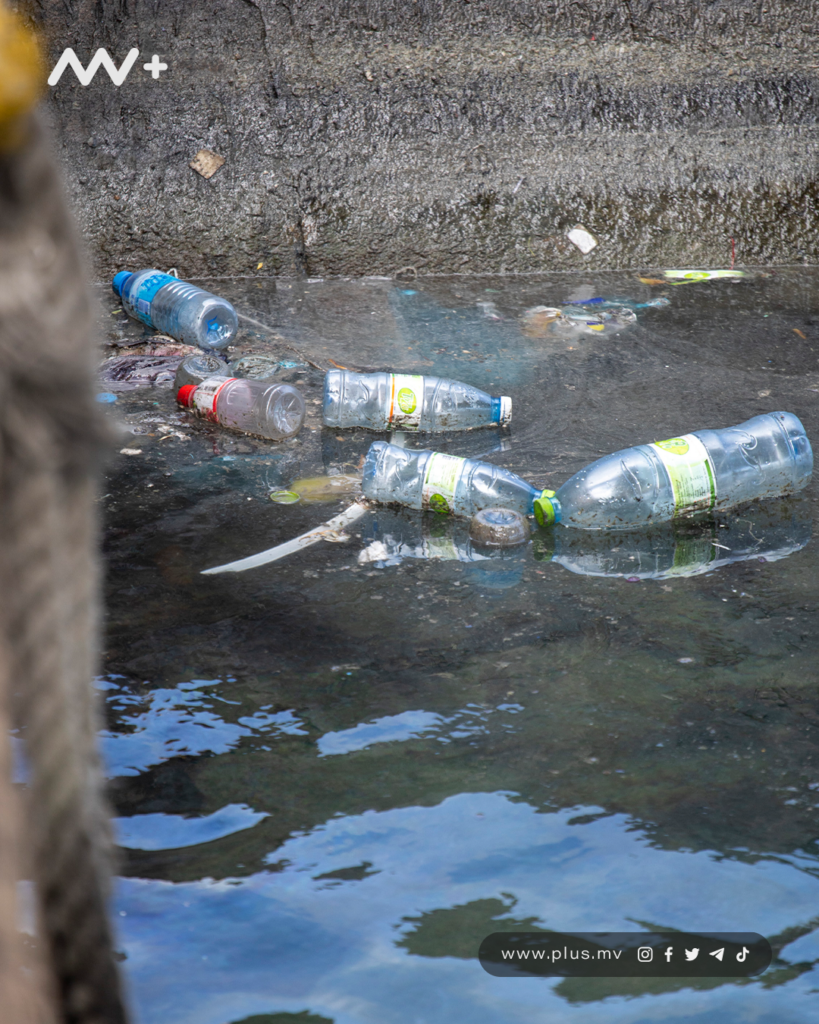
Due to the amount of waste that is generated in the Maldives, Thilafushi is already overflowing with waste.
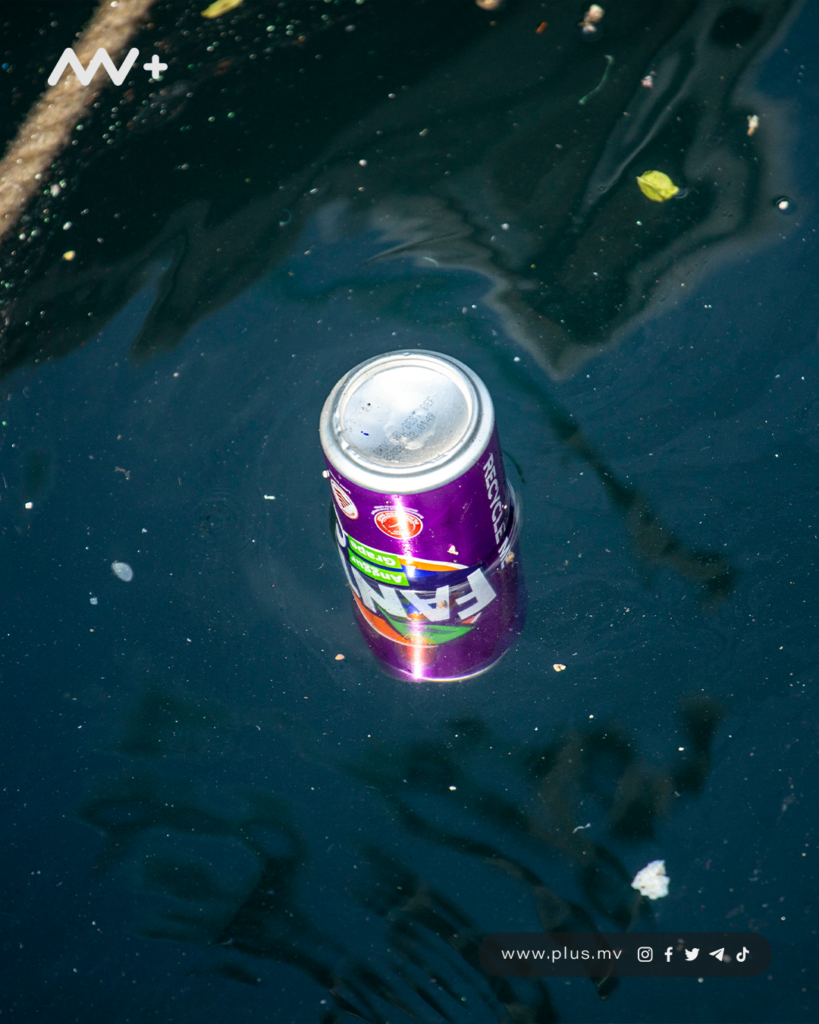
Plastic waste in the ocean endangers the life of many marine creatures and diverse ecosystems.
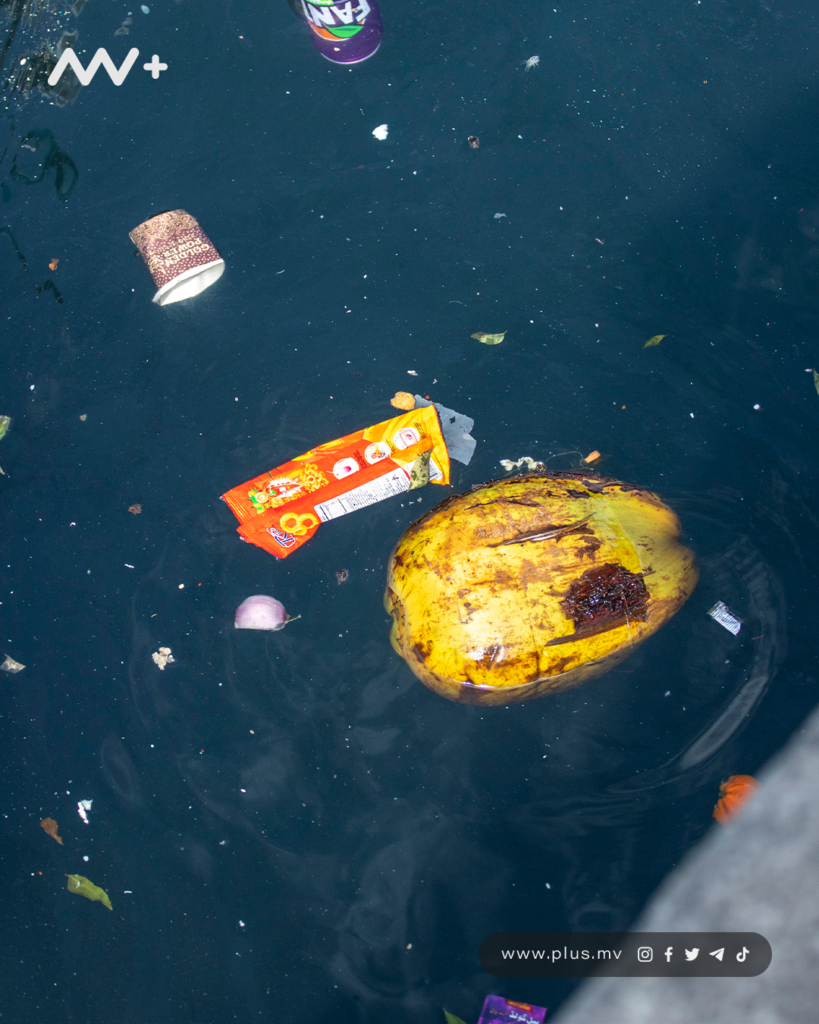
If there aren’t any solutions to the current waste management, small island communities will face the effects of high levels of micro plastic pollution in marine environments.

These problems have already had a negative impact on the health of the ecosystem, marine organisms, and local island communities.
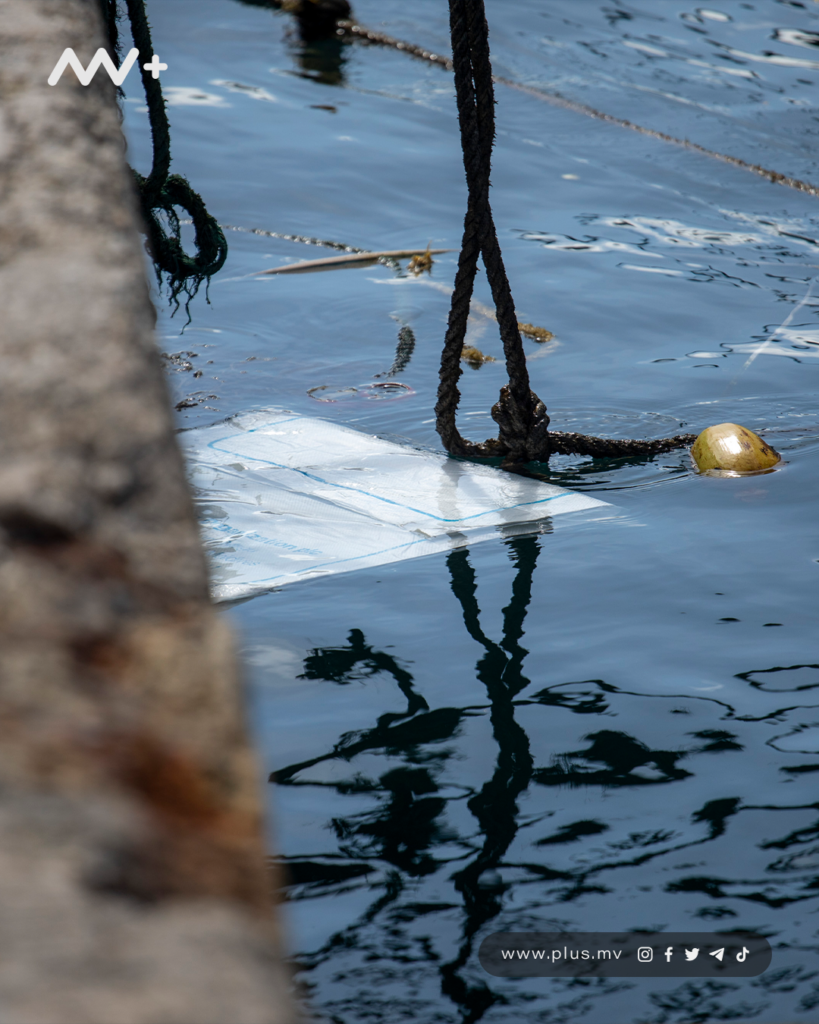
It is not just an option for us but an imperative step to safeguard the country’s future. However, the country has poorly management of waste and plastic, which could be the biggest downfall of this idyllic country.
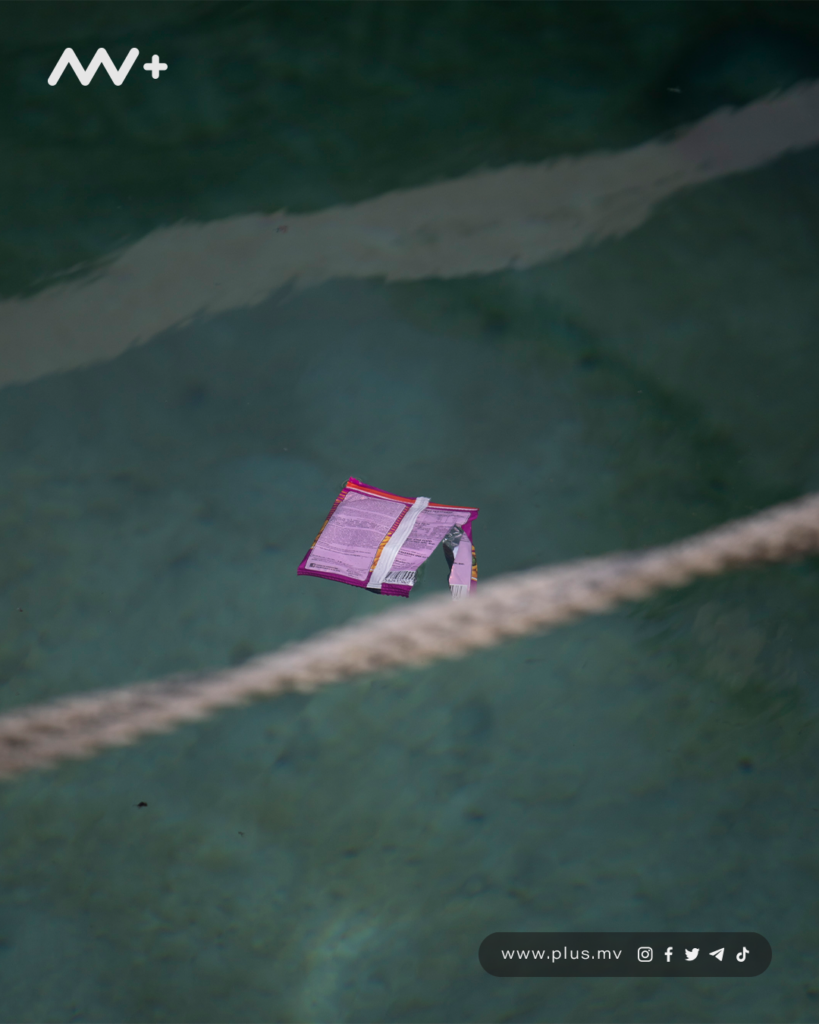
#thedangersofplasticpollution




